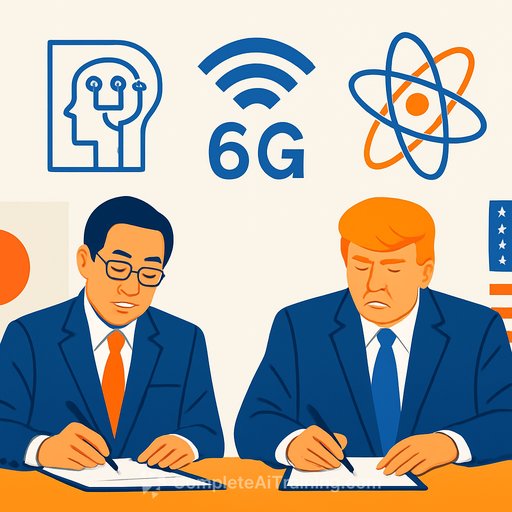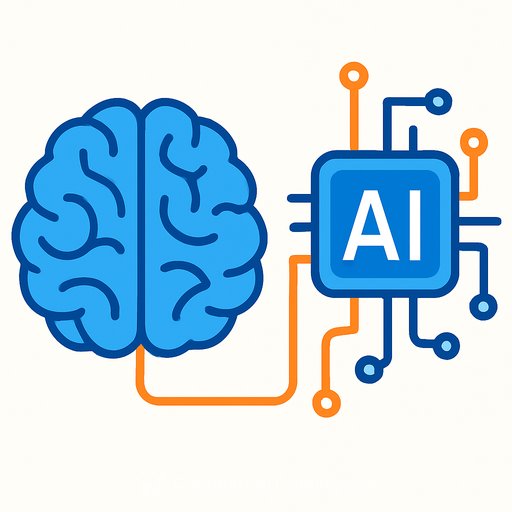Japan and U.S. set to sign science-tech MOU in Tokyo: AI, 6G, quantum, fusion, and space on the agenda
Japan and the United States are preparing to sign a ministerial-level memorandum of cooperation across seven science and technology fields during U.S. President Donald Trump's visit to Tokyo next week. The signing is expected Tuesday following summit talks between Prime Minister Sanae Takaichi and President Trump.
Economic security minister Kimi Onoda, who also serves as minister for science and technology policy, will sign for Japan. Michael Kratsios, director of the White House Office of Science and Technology Policy, will sign for the United States.
What's in the memorandum
The draft frames the partnership as an effort to "usher in the next golden age of innovation to fortify freedom and prosperity for generations to come," with a clear signal to deepen ties with Indo-Pacific partners to reinforce regional stability.
- AI adoption and innovation
- Research security
- High-speed communication standards beyond 5G and into 6G
- Pharmaceuticals and biotechnology
- Quantum technology
- Nuclear fusion
- Space
AI is the focal point. The memorandum calls for faster deployment in industry and society, led by institutions such as Japan's RIKEN and the U.S. National Science Foundation. Cooperation on advanced semiconductors-essential to AI compute-will be part of the package.
Both governments plan to expand interoperability between Japanese and U.S. AI systems and coordinate on exporting AI infrastructure and hardware. The intent is to set the pace for AI adoption globally while countering China's growing footprint in emerging markets.
Why this matters for researchers and R&D leaders
Expect more joint calls, shared testbeds, and aligned evaluation protocols-especially for AI systems and the chips that run them. Interoperability hints at common interfaces, data formats, and benchmark suites that make cross-border collaboration easier and audits cleaner.
Research security will likely tighten disclosure, data provenance, visitor screening, and conflict-of-interest policies. Teams working on dual-use areas-AI, quantum, biotech-should anticipate stricter access controls and export-compliance guardrails.
Work on beyond-5G/6G standards may open pathways for academic-industry consortia tied to standards bodies, with an emphasis on latency-sensitive AI workloads at the edge. Fusion, quantum, and space projects could see structured data-sharing and co-development frameworks designed to move results from lab to pilot more predictably.
What to watch next
- Official text of the MOU and any public funding envelopes or timelines
- Interoperability specs for AI models, datasets, and evaluation methods
- Guidance on export controls for AI infrastructure, chips, and reference platforms
- Governance rules for research security, disclosures, and IP management
- Working groups spanning AI, semiconductors, 6G, quantum, fusion, and space
Practical next steps for labs and teams
- Map your cross-border collaborations and confirm data-classification, IP, MTA/DPA, and export-control coverage.
- Align documentation with likely U.S.-Japan interoperability asks (model cards, dataset sheets, repeatable evals).
- Review compute roadmaps: prioritize vendors and toolchains that support Japan-U.S. supply and support agreements.
- Prepare for research security updates: visitor logs, code/data access tiers, conflict-of-interest and foreign support disclosures.
- Identify projects that could plug into RIKEN-NSF joint efforts; pre-draft proposals with shared milestones and evaluation plans.
Bottom line: this MOU points to a tighter Japan-U.S. tech bloc with clearer pathways for collaboration-and firmer guardrails. If your work touches AI, next-gen communications, quantum, biotech, fusion, or space, start aligning your standards, documentation, and compliance now.
If you're planning skills refreshers for your team ahead of new calls, you can scan role-specific options here: Complete AI Training - Courses by Job.
Your membership also unlocks:






